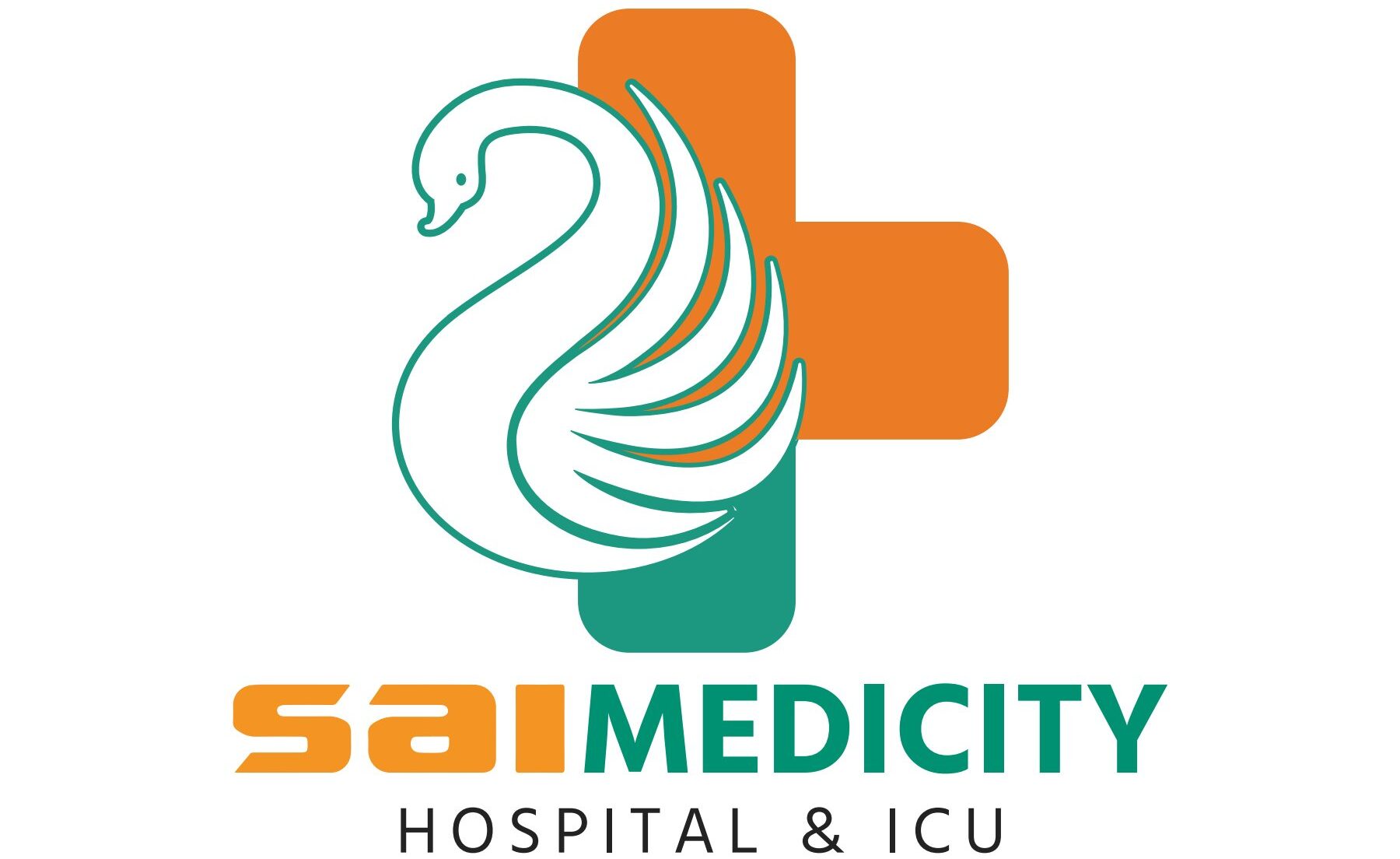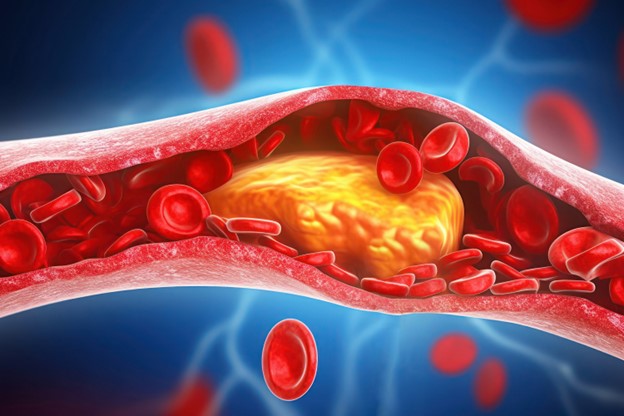Dyslipidemia sounds complex, but it’s easy to grasp once you break it down. The condition refers to an imbalance in the fats in your blood, like cholesterol and triglycerides. These fats are crucial for your body, but too much or too little can pose health risks. Knowing about dyslipidemia is vital because it often goes unnoticed until it’s serious. Many people have it, making it a growing concern globally. In fact, as life gets busier and diets change, the incidence seems to rise, affecting millions of folks worldwide. Awareness and understanding create pathways to better health choices and can help curb the spread of dyslipidemia. By recognizing its signs, learning about what are the causes of dyslipidemia, and adopting healthier habits, we can manage and even prevent its progression, protecting ourselves from long-term health issues.
What is Dyslipidemia Disease?
So, what is dyslipidemia disease? At its core, it’s about having unhealthy cholesterol or other lipids in the blood. Cholesterol and triglycerides must remain balanced for overall health. Dyslipidemia issues like hypercholesterolemia refer to too much bad cholesterol. Mixed dyslipidemia means high levels of both cholesterol and triglycerides. Over time, what is dyslipidemia becomes a bigger worry as it can lead to clogged arteries. This increases the risk of strokes and heart diseases. It’s not just about numbers, though. It’s about how these changes can slow down your journey to wellness. Knowing what is the primary cause of dyslipidemia can help us act quickly to protect our heart health.
Recognizing the Symptoms of Dyslipidemia
Catching the signs of dyslipidemia can be tricky. Many might not notice symptoms in the early stages. This makes it important to stay alert. Sometimes, physical signs like small fat deposits, called xanthomas, can appear on the skin or on eyelids. These are not just blemishes but signals to body changes. In severe cases, issues like pancreatitis can surface, causing serious pain and health challenges. Dyslipidemia can also hint at heart problems through symptoms like chest pain or shortness of breath. Recognizing these symptoms helps us connect the dots and understand what is dyslipidemia really about, enabling us to seek timely interventions.
Decoding the Causes of Dyslipidemia
Understanding what are the causes of dyslipidemia involves looking at different factors. For some, it’s hereditary. Genes can influence how our body manages fats. But it’s not all genetic. Lifestyle plays a huge role, too. Poor diet, lack of exercise, and unhealthy habits contribute significantly. Fried foods, sugary drinks, and a sedentary life create a fertile ground for dyslipidemia. Beyond lifestyle, certain medical conditions and medications can exacerbate the problem. But the silver lining? Many causes are manageable. By embracing lifestyle changes, like exercising or opting for healthier foods, we can tackle many secondary causes. This empowers individuals to take control of their health journey.
Navigating the Diagnosis and Complications
Regular checks are crucial. Lipid profile tests help monitor cholesterol and triglyceride levels. If left unchecked, what is the primary cause of dyslipidemia can spiral into major health risks, notably heart diseases. Without proper management, dyslipidemia might lead to developing blood vessel problems, amplifying cardiovascular risks. But all is not grim. Early diagnosis and timely check-ups can change lives. They set the stage for effective management, enabling us to keep potential complications at bay. These routine checks, often seen as simple tasks, hold the potential to protect and prolong life.
Practical Tips for Managing Dyslipidemia
Taking charge of your health is empowering. Focus on these heart-healthy practices:
- Switch to a balanced diet. Embrace foods high in omega-3, like fish, and avoid trans fats.
- Incorporate regular physical activity. Even daily walks can make a difference.
- Ditch the smoke. Quit smoking to reduce risks associated with vascular health.
- Manage stress. Find calming activities that rejuvenate both mind and body.
- Weight management matters too. Shedding extra pounds can help regulate lipid levels.
These strategies don’t just answer what is dyslipidemia disease about managing it effectively. By integrating these habits, you pave the path towards a healthier, risk-free life.
Concluding Thoughts on Dyslipidemia
In summary, understanding what is dyslipidemia disease is your first defense line against potential health risks. Being informed allows us to make better choices, safeguarding our well-being. Empowerment comes through taking proactive, deliberate actions, from lifestyle changes to regular health checks. Remember, maintaining a dialogue with healthcare providers is key. This ongoing consultation ensures you remain informed, equipped, and a step ahead in the fight against dyslipidemia.

